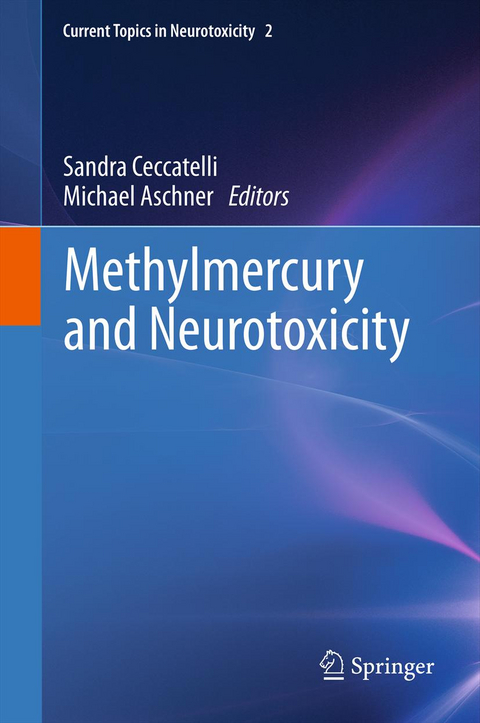
Methylmercury and Neurotoxicity
Springer-Verlag New York Inc.
978-1-4899-9336-6 (ISBN)
Mercury (Hg) is a global pollutant that knows no environmental boundaries. Even the most stringent control of anthropogenic Hg sources will not eliminate exposure given its ubiquitous presence. Exposure to Hg occurs primarily via the food chain due to MeHg’s accumulation in fish. Latest US statistics indicate that 46 States have fish consumption advisories. In addition, Hg is a common pollutant in hazardous waste sites, with an estimated 3-4 million children living within one mile of at least one of the 1,300+ active hazardous waste sites in the US. The effects on intellectual function in children prenatally exposed to MeHg via maternal fish consumption have been the subject of two on-going major, prospective, longitudinal studies in the Seychelles and the Faroe Islands. It is important to recognize that the risk for MeHg exposure is not limited only to islanders with high fish consumption.
This book will provide state-of-the-art information to the graduate student training in toxicology, risk assessors, researchers and medical providers at large. It is aimed to bring the reader up to date on contemporary issues associated with exposure to methylmercury, from its effects on stem cells and neurons to population studies.
Epidemiological Update on Methylmercury and Minamata Disease.- Epidemiological Evidence On Methylmercury Neurotoxicity.- The Impact of Prenatal Exposure to Methylmercury and Maternal Nutritional Status on Child Development: Findings from the Seychelles Child Development Study.- Methylmercury and Fish Nutrients in Experimental Models.- Mercury-Dependent Inhibition of Selenoenzymes and Mercury Toxicity.- Redox State in Mediating Methylmercury Neurotoxicity.- The Role of Thyroid Modulation by Methylmercury in Developmental Neurotoxicity.- Effects of Developmental Methylmercury Exposure on Nervous System Function in Monkeys.- Behavioural Effects of Exposure to Methylmercury During Early Development.- Epigenetics of Environmental Contaminants.- Methylmercury Neurotoxicity: a Synopsis of in vitro Effects.- Effects of Methylmercury on Cellular Signal Transduction Systems.- Methylmercury neurotoxicity: Why are some cells are more vulnerable than others?.- In vitro Models for Methylmercury Neurotoxicity: Effects on Glutamatergic Cerebellar Granule Neurons.- Methylmercury and Glia Cells.- Methylmercury and Neural Stem Cells.- Contributions of the Drosophila Model to Understanding Methylmercury Effects on Development.- Caenorhabditis elegans as a Predictive Model for Methylmecury-Induced Neurotoxicity.- Zebrafish as a Model for Methylmercury Neurotoxicity.- Piscivorous Mammalian Wildlife as Sentinels of Methylmercury Exposure and Neurotoxicity in Humans.
| Reihe/Serie | Current Topics in Neurotoxicity ; 2 |
|---|---|
| Zusatzinfo | XII, 376 p. |
| Verlagsort | New York |
| Sprache | englisch |
| Maße | 155 x 235 mm |
| Themenwelt | Medizin / Pharmazie ► Medizinische Fachgebiete ► Neurologie |
| Medizin / Pharmazie ► Medizinische Fachgebiete ► Pharmakologie / Pharmakotherapie | |
| Studium ► 2. Studienabschnitt (Klinik) ► Pharmakologie / Toxikologie | |
| Naturwissenschaften ► Biologie ► Humanbiologie | |
| ISBN-10 | 1-4899-9336-3 / 1489993363 |
| ISBN-13 | 978-1-4899-9336-6 / 9781489993366 |
| Zustand | Neuware |
| Haben Sie eine Frage zum Produkt? |
aus dem Bereich


